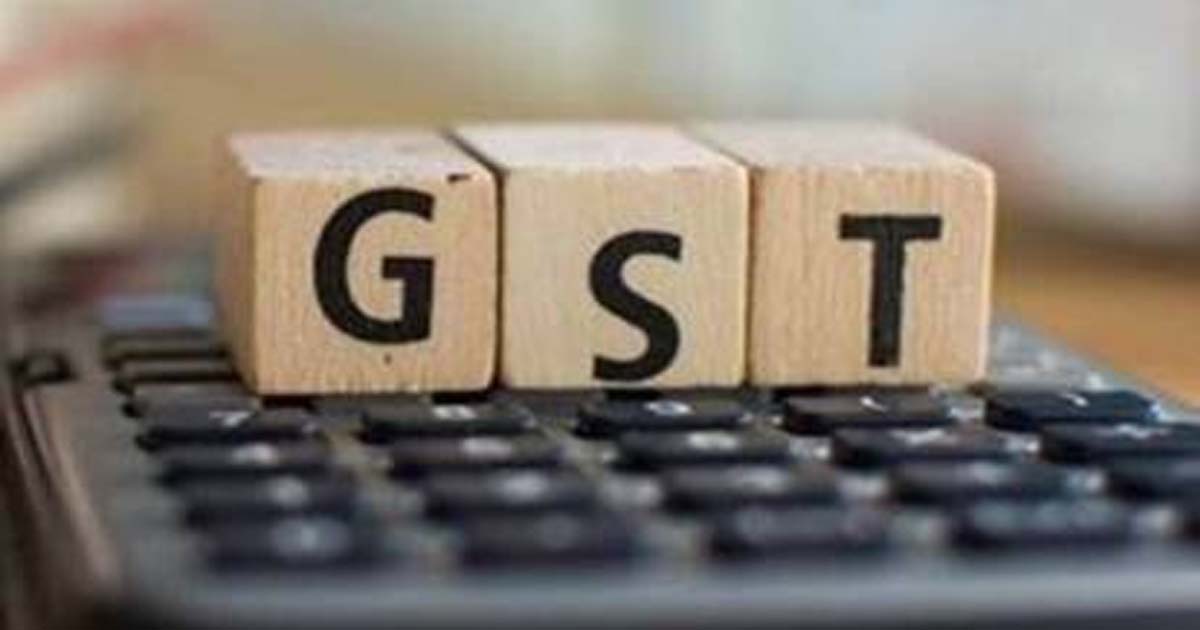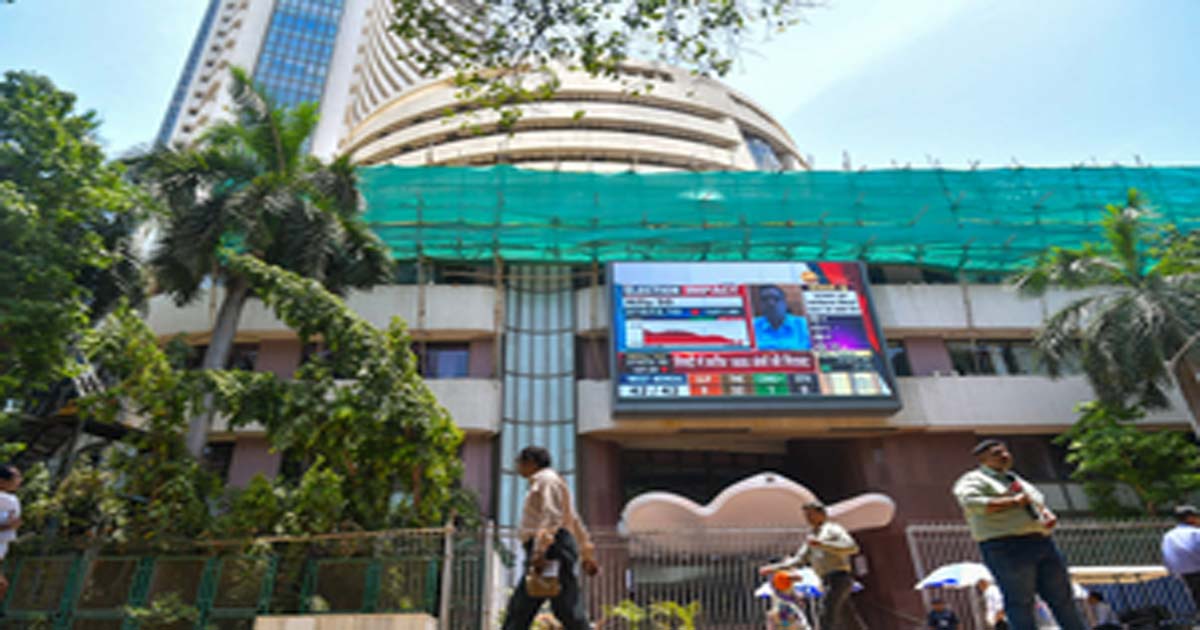Business
How ONDC is set to be India’s UPI moment for e-commerce

arket practices from Big Tech and according to Shireesh Joshi, Chief Business Officer (CBO) and President, Network Expansion for the Open Network for Digital Commerce (ONDC), the goal is to create population-scale inclusion of e-commerce in the country.
With ONDC, a Unified Payments Interface (UPI)-type initiative of the Ministry of Commerce and Industry to promote open networks, the government is trying to create the largest interoperable open platform in a bid to break e-commerce monopolies and build a more democratised digital marketplace by bringing micro, small, and medium enterprise as well as small traders online.
Currently, only 5-6 per cent of India’s retail activity is digital.
There are several limitations and constraints of existing platform based e-commerce that will be solved by unbundling and creating interoperability that will further allow any kind of product or service, whether as B2B or B2C, to be transacted on ONDC,” Joshi told IANS in an interview.
One of the immediate outcomes of this unbundling and interoperability is that every seller will have access to every buyer, and vice versa.
“Scale that was limited to a few players will now be available to everyone and help in democratising. E-commerce majors are also in conversation with us for onboarding on ONDC. This is not an anti-anyone initiative,” Joshi elaborated.
The democratisation and innovation that will result from ONDC will allow all kinds of players to flourish and “we will need all these multiple models of e-commerce to help achieve the goal of population-scale inclusion,” he stressed.
Union Commerce and Industry Minister Piyush Goyal has announced that ONDC will gradually be expanded to more cities in the near future, as it has the potential to connect the entire farm value chain.
The Centre also envisions ONDC as a private sector-led, non-profit company to bring focus on ethical and responsible behaviour while providing for trust, rigorous norms of governance, accountability, and transparency.
According to Joshi, an IIT Kanpur and IIM Bangalore alumnus, for farmers and farmer producer organisations (FPOs), the UPI-type protocol will enable access to a much wider market.
“Your neighbourhood fruit seller might claim that the Apples he sells are from Himachal, or the litchees are from Muzaffarpur. But you may not have a way of being sure. But on ONDC you may be able to buy directly from an orchard in Himachal or UP and be sure,” Joshi noted.
Farms and orchards can become brands too and realise better pricing than as commodities through a multi-tier trading and distribution system.
“Famers will be able access all buyers across the country through a single registration and not have to register with multiple organisations,” he emphasised.
This network-wide buyer access has other benefits too.
For example, it can help determine the best market prices for his products, say the current prices of Himachal apples in Delhi and Jaipur mandis to help decide what price to quote and which order to accept.
“Such a scale will create providers of various kinds of services — packing, warehousing, shipping which will enable cost efficient market reach. Products need not be shipped to markets anticipating demand and risk expiring in case it does not materialise, it can be warehoused and shipped on demand instead,” Joshi told IANS.
On ONDC, farmers will not only sell but also be able to buy seeds, fertilizers, pesticides, growth regulators, equipment and tools.
The initiative has an agri-focused entity in National Bank for Agriculture and Rural Development (NABARD) as one of its shareholders which has helped it solve technical challenges and engage with several organisations in the agri sector.
According to Joshi, this is not a one-time journey, given the agri sector’s complexity and diversity.
“We expect this to be repeated every few months to keep building and adding to the agri solutions stack. At some stage, the ecosystem itself should kick in and ONDC may not have to facilitate after that,” Joshi elaborated.
Besides this, they are also engaging with state governments to promote adoption of ONDC for agri e-commerce.
“Haryana and Madhya Pradesh governments have begun mobilising support for this and we expect more to follow. Central initiatives like National Agriculture Market (eNAM), which is a pan-India electronic trading portal, is also in active discussion with us on evolving the best way forward,” Joshi informed.
Overall, ONDC will enable lower costs and higher revenues for farmers, enabling more autonomy and benefits for a farmer, said Joshi who has been credited with managing large-scale business operations/strategy in India and China, including Hong Kong, Taiwan and South Asian territories.
Business
GST reforms prove tax moderation can boost revenues: Report

New Delhi, Dec 24: Recent reforms under GST 2.0 show that simplification and tax moderation can coexist with strong revenue growth, a report said on Wednesday, calling for freezing peak tax rates and expanding tax base through technology.
The white paper from Think Change Forum said that recent GST reforms proved wrong the long-held belief that higher tax rates are necessary to boost collections as gross GST collections rose 4.5 per cent (on-year) to Rs 1.95 lakh crore in October 2025.
The report argued that the rise in tax collection validated the principle that in high‑informality economies compliance elasticity outweighs rate elasticity. The report, however, flagged that India’s tax‑to‑GDP ratio of around 17 per cent masks a narrow direct tax base and heavy reliance on regressive indirect levies.
“High taxes — whether direct or indirect — always encourage evasion and corruption. Lower taxes widen the base and improve compliance. GST collections are rising because the economy is formalising — but we must avoid creating a new 40 per cent peak rate that undermines compliance. Ideally, GST should be restricted to just 5 per cent and 18 per cent,” said Yogendra Kapoor, author and public speaker.
The forum called for prioritising freezing peak direct tax rates, expanding the direct tax base through technology, avoiding MRP‑based taxation and completing the GST credit chain in the upcoming Union Budget.
As the compensation cess sunsets, the MRP-based taxation is prone to manipulation in a cash-heavy economy and the government should rely instead on clean, specific duties that are easier to enforce.
The Budget should outline a phased roadmap to bring petroleum, electricity and other excluded inputs under GST to restore tax neutrality and reduce cascading costs for industry, it added.
It also listed other priorities including incentivising productive reinvestment and aggressively curtailing the parallel economy.
“The Budget must strengthen enforcement against smuggling, illicit trade and tax evasion so that non-compliance becomes costlier than compliance and honest taxpayers are no longer penalised,” the report noted.
Business
Sensex, Nifty record mild gains amid positive global cues

SHARE MARKET
Mumbai, Dec 24: Indian benchmark indices made moderate gains early on Wednesday amid positive global cues, as the stock market appears to be in a consolidation phase.
As of 9.30 am, Sensex advanced 105 points, or 0.12 per cent to 85,630 and Nifty gained 40 points, or 0.16 per cent to 26,217.
Main broad-cap indices outperformed benchmark indices in terms of gains, with the Nifty Midcap 100 advanced 0.31 per cent, while the Nifty Smallcap 100 added 0.53 per cent.
Hindalco Industries, Axis Bank and Cipla were among the major gainers in the Nifty Pack, while losers included Tech Mahindra, TCS, Titan Company, Dr Reddy’s Labs and Tata Consumer.
Among sectoral indices on NSE, Media, Metal and Realty were the major gainers — up around 0.82 per cent, 0.58 per cent and 0.78 per cent respectively. Nifty IT was leading losses down 0.49 per cent.
The Nifty could extend its advance toward resistance levels at 26,202 and 26,330, while 26,000 is expected to provide near-term support, said experts.
Analysts said that the market appears to be consolidating upward as CY2025 ends. Strong domestic macros and earnings growth expectations in Q3 and Q4 of FY26 and FY27 will support the market.
The market will be resilient due to domestic inflows and DII buying but FIIs may sell rallies, preventing a sharp breakout. The revival of the AI trade in US might impact sentiments in favour of a ‘non-AI trade’ in markets like India, they added.
An additional Rs 2 lakh crore OMO by the RBI will boost liquidity and lower yields, providing positive momentum to credit growth and bank stocks. The RBI on Tuesday announced a fresh set of steps to inject a large amount of money into the banking system to ease tight liquidity conditions.
Asia-Pacific markets traded flat with a positive bias, with several indexes set to close early in lieu of the Christmas Eve holiday.
In Asian markets, China’s Shanghai index advanced 0.24 per cent, and Shenzhen edged up 0.31 per cent, Japan’s Nikkei added 0.06 per cent, while Hong Kong’s Hang Seng Index gained 0.08 per cent. South Korea’s Kospi added 0.12 per cent.
The US markets ended mostly in the green zone overnight, as Nasdaq advanced 0.57 per cent, the S&P 500 edged up 0.46 per cent, and the Dow moved up 0.16 per cent.
On Tuesday, foreign institutional investors (FIIs) sold equities worth Rs 1,795 crore, while domestic institutional investors (DIIs) were net buyers of equities worth Rs 3,812 crore.
Business
Indian stock market opens lower, IT stocks lead losses

Mumbai, Dec 23: Indian benchmark indices opened in the red zone on Tuesday, weighed down by losses in the IT stocks after artificial intelligence (AI) stocks in the US showed revival.
As of 9.30 am, the Sensex declined 159 points, or 0.19 per cent to 85,407 and the Nifty lost 32 points, or 0.13 per cent to 26,139.
Main broad cap indices showed divergent trends, with the Nifty Midcap 100 down 0.18 per cent, while the Nifty Smallcap 100 added 0.07 per cent.
ONGC, Tata Steel and NTPC were among the major gainers in the Nifty Pack, while losers included Max Healthcare, TCS, Tech Mahindra, Asian Paints and ICICI Bank.
Sectoral indices on NSE were trading in the mixed zone, with IT leading losses down 1.21 per cent. Oil and gas as well as metal were the major gainers, up around 0.43 and 0.41 per cent, respectively.
Immediate resistance for Nifty is placed at 26,300–26,350, while key supports are located at 26,000–26,050 zone, said analysts.
Market watchers found two factors to affect the market in the near term, including positive macros or fundamentals and AI trade revival. Positive macro indicators may embolden bulls to push Nifty and Sensex to new highs. But the strong AI trade revival is a mild negative externally which may delay the anticipated FII outflow reversal, they said.
Defence stocks are seemingly recovering, with more room for growth in the segment, while the IT sector has also turned resilient, analysts said.
Asia-Pacific markets showed moderate gains on Tuesday, after AI trade lifted major Wall Street indexes overnight.
In Asian markets, China’s Shanghai index advanced 0.34 per cent, and Shenzhen edged up 0.65 per cent, Japan’s Nikkei added 0.02 per cent, while Hong Kong’s Hang Seng Index gained 0.33 per cent. South Korea’s Kospi added 0.45 per cent.
The US markets ended mostly in the green zone overnight, as Nasdaq advanced 0.52 per cent, the S&P 500 edged up 0.64 per cent, and the Dow moved up 0.47 per cent.
Investors are keen on rising geopolitical tensions between the US and Venezuela and delays in the Russia-Ukraine peace negotiations. The killing of a Russian army general in a bomb attack on Monday raised concerns over the peace process, lending support to crude oil prices.
On Monday, foreign institutional investors (FIIs) sold equities worth Rs 516 crore, while domestic institutional investors (DIIs) were net buyers of equities worth Rs 3,898 crore.
-

 Crime3 years ago
Crime3 years agoClass 10 student jumps to death in Jaipur
-

 Maharashtra1 year ago
Maharashtra1 year agoMumbai Local Train Update: Central Railway’s New Timetable Comes Into Effect; Check Full List Of Revised Timings & Stations
-

 Maharashtra1 year ago
Maharashtra1 year agoMumbai To Go Toll-Free Tonight! Maharashtra Govt Announces Complete Toll Waiver For Light Motor Vehicles At All 5 Entry Points Of City
-

 Maharashtra1 year ago
Maharashtra1 year agoFalse photo of Imtiaz Jaleel’s rally, exposing the fooling conspiracy
-

 National News1 year ago
National News1 year agoMinistry of Railways rolls out Special Drive 4.0 with focus on digitisation, cleanliness, inclusiveness and grievance redressal
-

 Maharashtra1 year ago
Maharashtra1 year agoMaharashtra Elections 2024: Mumbai Metro & BEST Services Extended Till Midnight On Voting Day
-

 National News1 year ago
National News1 year agoJ&K: 4 Jawans Killed, 28 Injured After Bus Carrying BSF Personnel For Poll Duty Falls Into Gorge In Budgam; Terrifying Visuals Surface
-

 Crime1 year ago
Crime1 year agoBaba Siddique Murder: Mumbai Police Unable To Get Lawrence Bishnoi Custody Due To Home Ministry Order, Says Report












